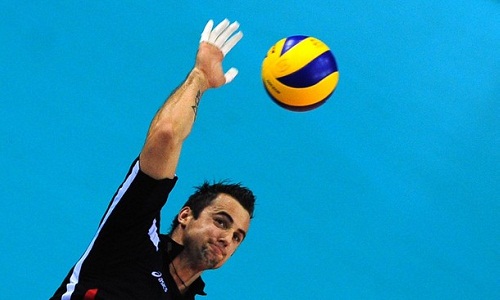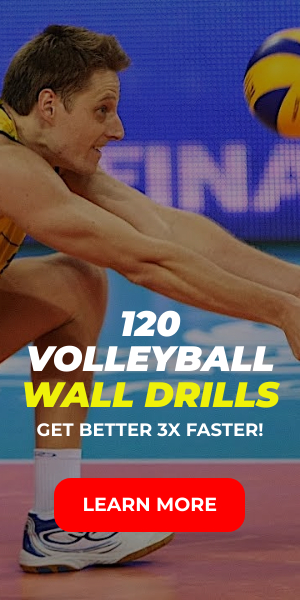We still discuss about how jump higher. We spoke about movement efficiency and body composition, now it is time, when we focus on strength for jumping. How much strength do you need to make perfect attacks?
Strength in terms of jumping is essentially how much force you can apply to the ground. If you can apply more force to the ground in the same (or less) amount of time, then all other things being equal, you will be able to jump higher.
Different sport need different strength and speed. When you are runner you need more speed than strength, when you are powerlifter you need more strength than speed and when you are volleyball player you need 50% speed and 50% strength.
A common mistake for jumping athletes is to get too carried away with a lot of strength training and to lose sight of the ultimate goal of jumping high. Great strength is an advantage, but it can come at a price – speed.
We have 2 rules:
– too much strength work can make you slow
– too much speed work can make you weak
Remember that – maximum power comes from being strong and fast!
What is it that the sprinters, football players etc are doing that allows them to not only develop great strength, but also speed and explosiveness? Easy, the faster athletes supplement their strength work with plenty of jumping, sprinting, and explosive lifting. If you want to jump high, then so should you.
You don’t focus only on strength, work on all the factors, then you will also improve strength.
HOW TO DEVELOP STRENGTH FOR JUMPING?
The quickest, easiest and most effective way to get strong is by getting into the gym and lifting some heavy iron. When using weights a very important consideration is to not train like a bodybuilder. As already discussed, excess muscle mass such as that developed using bodybuilding methods is not always useful for jumping high.
Strength training for an athlete involves the use of lower reps, heavier weights, and longer rest periods than for a powerlifter.
Some of the better compound exercise choices are:
– Squat Variations – Back squat, front squat, box squat, safety bar squat
– Deadlift Variations – Barbell deadlift, sumo deadlift, trap bar deadlift, deadlift off boxes
– Single Leg (Unilateral) Variations – Lunges, step ups, split squats
A nice and simple workout template for building a well balanced lower body strength program would be to select:
– a compound lift (squat or deadlift variation),
– a unilateral exercise,
– a glute/hamstring exercise,
– some core work.
Do 3 sets of 3 for the compound lift with a heavy weight, 3 sets of 6 on the unilateral lift with a moderate to heavy weight, 3 sets of 6 on the glute/hamstring exercise with a moderate weight, and finish up with 5 sets of 5-10 with a moderate to heavy weight for core work.
For example:
Squats – 3 x 3 @ 85- 90% of your 1RM (3 x 5 @ 80 – 85% for beginners)
Bulgarian Split Squat – 3 x 6 @ 80% of your 1RM
Glute Ham Raise – 3 x 6 (often bodyweight will be more than enough for this exercise)
Weighted Crunches – 5 x 5-10
With regular progressions in the weight lifted a lot of athletes using this simple type of setup will see good gains for a surprisingly long period of time.
Source: Volleyball Plyometric Training





